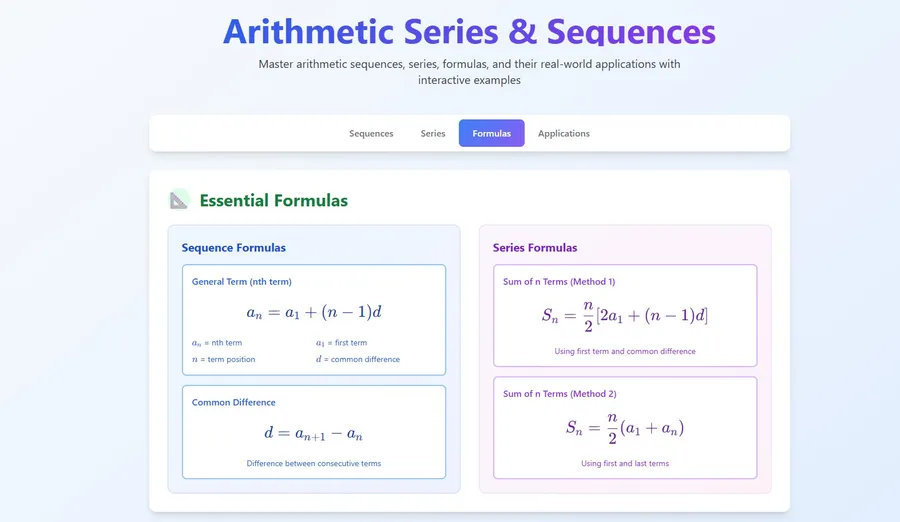Material about the Arithmetic Row of Class 10 Phase E, the nth term formula Example because the problem is discussed in full in this article!
Arithmetic sequences, also known as arithmetic sequences, specifically discuss groups of numbers that follow a specific pattern. The material we will study in arithmetic sequences includes sequences, intercalations, and middle terms. In addition to arithmetic sequences, we will also discuss geometric sequences, arithmetic series, and geometric series. Please read the article.
Line of Numbers
Pay attention to the number pattern: 4, 6, 8, 10, ….
If you observe more closely, the number patterns above are arranged according to certain rules.
Such a number pattern is called a number line.
Definition of Sequence
A sequence is a collection of numbers (or algebraic expressions) arranged to form terms separated by commas and following a specific pattern. The sequence is arranged as follows:
Information :
means the 1st term (first term)
means the 2nd term (second term)
and so on….
Example : Here are some example lines!
- Row of odd numbers: 1, 3, 5, 7, ….
Information :
1st quarter (first quarter) is 1 (),
2nd quarter (second quarter) is 3 (),
the 3rd quarter (third quarter) is 5 (),
and so on…. - Line of even numbers: 2, 4, 6, 8, ….
- Any row: 1, 5, 3, -2, 5, 7, …
Arithmetic Sequence
A sequence with a difference or difference between two consecutive terms is always fixed or constant is called an ARITHMETIC SEQUENCE. The difference in an arithmetic sequence is symbolized by .
Example rows :
The way to calculate the difference () is
.
.
.
As for the formula of the quarter is
with = the first term (), = the difference, and = the th term
From the formula for the th term, the arithmetic sequence can be constructed,
and so on…..
so the arithmetic sequence is:

Example:
Determine the 101st term of the arithmetic sequence -1, 3, 7, 11, 15, ….? Solution:
- from the line obtained and
- Determines the 101st quarter with
So, the 101st term is 399 ().
The 3rd term and the 6th term of a consecutive arithmetic series are known as 9 and 18. Determine the value of the 11th term and the formula of the nth term!
Solution:- Known and
To determine the value of a term in a sequence, we need the value of and its difference () by explaining the known terms. - The formula
- Known and
- Determine the values of and by eliminating equations (i) and (ii)
Pers(ii) : - Determine the formula for the th term
So, the term formula is .- Determines the 11th quarter
33
So, the 11th term is 33.
- Determines the 11th quarter
- An employee at a state-owned enterprise received a salary of 3.2 million rupiah in 2020. He then received a fixed salary increase every 2 years. If the employee receives a salary of 4 million rupiah in 2028, determine:
- a. How many rupiah is the nominal difference in salary increases every 2 years?
- b. Determine how much salary was received in 2016?
